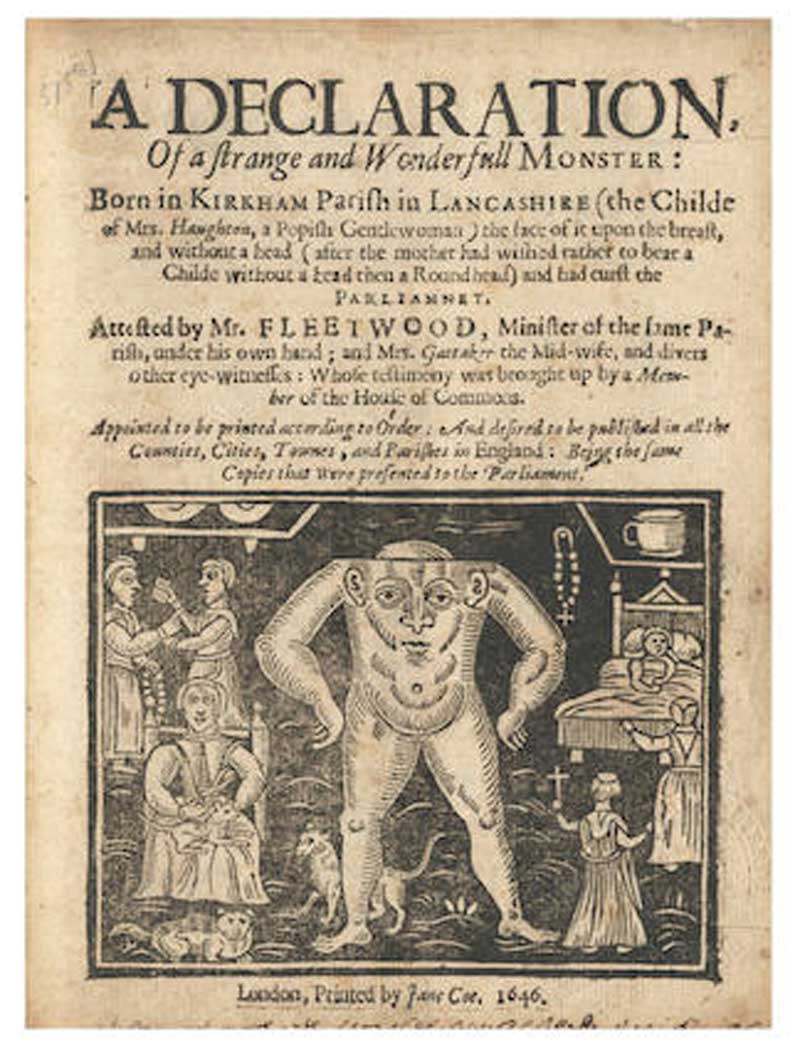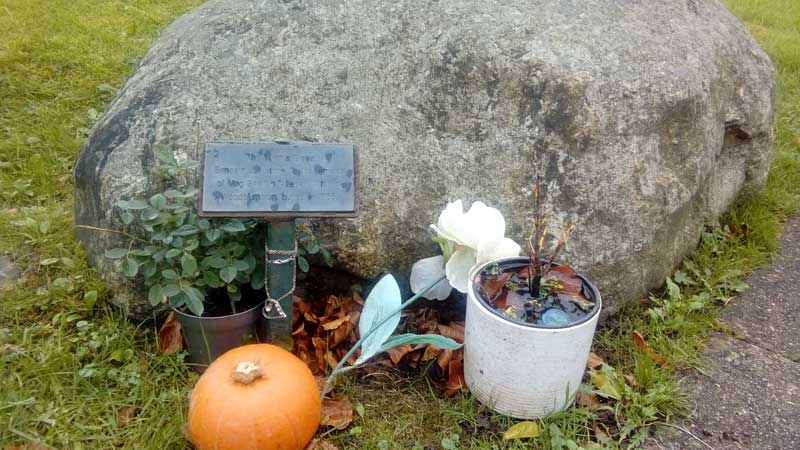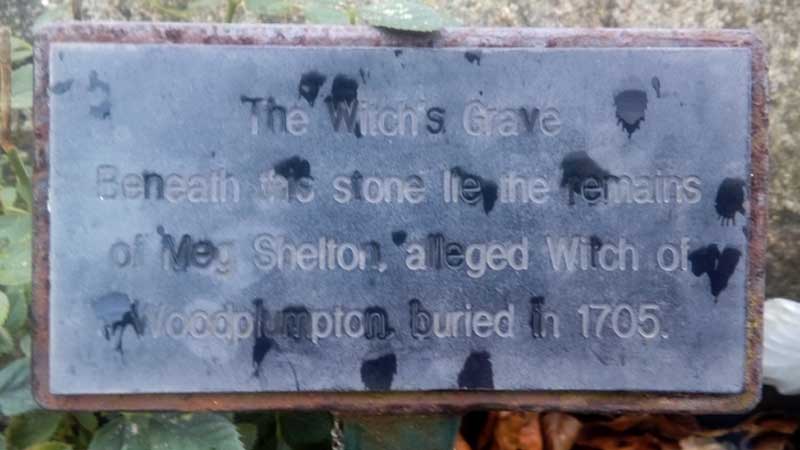Lancashire Day has been held each year on 27 November, since 1996, to commemorate the day in 1295 when the historic county of Lancashire first sent representatives to Parliament. Guest writer CHRIS NEWTON celebrates Lancashire Day by telling us some of the strangest folktales and legends from Lancashire…
The Weirdstone of Brisingamen author Alan Garner, whose works often featured his native Cheshire as the backdrop, once said “I felt it very important that everywhere that I mentioned could be touched … So, I set outlandish stories in real places so that you may say ‘well I don’t believe that happened, but I can show you where it happened.’”
Garner’s words struck a chord with me, and reminded me of a Hallowe’en in my childhood when my Dad took me on a ‘Haunted Bike Ride’ around some infamous local sites. Our first port of call was St. Anne’s-on-the-sea, where an unassuming row of houses overlooked the sand dunes. The houses were not important, but the street sign, Kilgrimol Gardens, was. A local tale claims that Kilgrimol was once a priory, which was swallowed up by the sea, but that each New Year’s Eve its bell can still be heard tolling beneath the waves.
We then made our way to Kirkham, where I was told how, in 1643 a monstrous child was born of a popish woman who declared “Rather than I shall become a roundhead, or bear a Roundhead, I may bring forth a child without a head.” Before doing just that. Outlandish though the tale may, there is a birth certificate attesting to the existence of this freakish child with “a face on the breast of it”, signed by the local vicar and the midwife, as well as a pamphlet distributed in parliament entitled “A Declaration of a Strange and Wonderfull Monster.”

Lots to celebrate for Lancashire Day
At Chingle Hall, Lancashire’s most haunted building, he showed me a picture of my Mum sat before the fireplace (in the days before I was closed to the public). She is sitting with a friend, smiling, glass raised, but in the background a spectral head appears to float in the chimney breast. We visited the Pirate’s Grave in Poulton-le-Fylde, and Inglewhite village green for the tale of Will-o’-the-wisp. Our final destination has subsequently become one of my favourite places: The small village of Woodplumpton.

Whilst I’m quoting authors, Neil Gaiman once wrote that “the best thing about the graveyard in the Sussex town in which I grew up is that there was a witch buried in the graveyard.” His disappointment in learning that was not quite the case inspired his story ‘The Witch’s headstone’.
There is no such disappointment in Woodplumpton, where, in the graveyard of St. Anne’s church, a large boulder marks the resting place of Meg Shelton, The Fylde Witch. According to legend, Meg repeatedly rose from the grave, and was eventually buried upside down, the boulder placed over her resting place to prevent her escape. A visit to the local pub, The Wheatsheaf will give you further information on Meg and her shapeshifting antics, as well as being home to a reputedly haunted fireplace.

I love horror. I love the supernatural. I love folklore. Specifically, the folklore of Lancashire. It would be easy to assume that I am drawn to my home county’s legends because of my fascination with the supernatural, when the reverse is true. There is witchcraft in my blood, and I am drawn to it almost magnetically.
Before Hammer and Dennis Wheatley, Doctor Who was my gateway drug to Horror. Specifically, the Third Doctor serial, The Daemons, in which Damaris Hayman plays Olive Hawthorne, the ‘White Witch of Devil’s End’. I recently read an interview with Hayman, and was not remotely surprised when she said “I’d always been interested in the supernatural and witchcraft. As a child I lived in Lancashire, in the shadow of Pendle Hill.”
For the people of Lancashire, these tales have woven themselves into the fabric of our identity. You might not believe they happened, but we can show you where they happened.
You can read other spooky articles about Lancashire to celebrate Lancashire Day here.
CHRIS NEWTON is the singer and lyricist of the Blackpool-based punk band Dischord, renowned in the UK scene for their elaborate albums and energetic live performances. Their latest album ‘War Or Peace’ was described by Musically Fresh as ‘beautifully crafted and lyrically untouchable’. Chris’ writing credits include the black comedy novels ‘Life Begins at 40’ and its sequel ‘Behind The Sofa’, co-written with Mark Charlesworth. His ghost story ‘Grim’ was featured in The Crowvus Christmas Spirit anthology. Chris has been obsessed by witches, ghosts and all things supernatural ever since he was a boy. When people ask him why, he replies “I’m from Witch County.” You can follow Chris on Twitter here: @crnewton6


